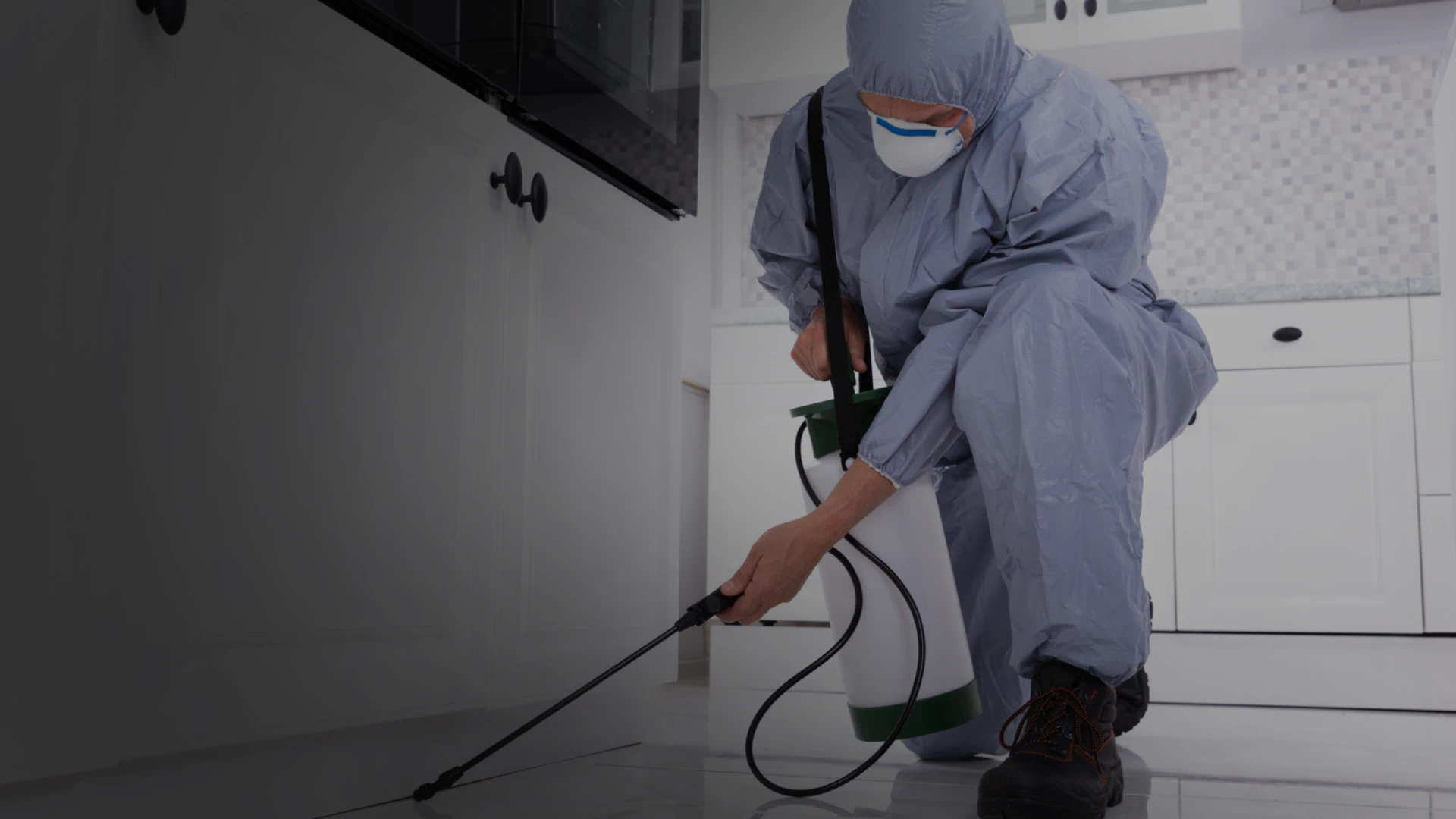Expert Insect Control Techniques for Long-Term Results
In the world of pest control, achieving sustained effectiveness and long-term results needs a precise technique that goes beyond simple elimination. Professional insect control techniques encapsulate an extensive method that starts with a thorough assessment and analysis, adhered to by precise parasite identification to recognize their behavior patterns. The execution of Integrated Bug Administration (IPM) principles, coupled with eco-conscious treatments, creates the keystone of lasting bug removal. The true examination exists in the continuous monitoring and upkeep of the treated locations, making sure a pest-free setting for the direct future. By delving into the details of these techniques, a deeper understanding of expert pest control techniques for sustaining end results arises.
Examination and Evaluation
Upon entering a building for pest control services, the first action is a thorough examination and analysis to recognize the level of the invasion and identify one of the most effective treatment strategy. Specialist bug control specialists are educated to carefully analyze the facilities, looking for indications of bug activity such as droppings, chomp marks, nests, or any kind of architectural damages. They will likewise examine the problems that might be drawing in insects, such as food resources, water leaks, or entry points.

Bug Identification and Behavior

In addition, understanding the actions of the identified parasite is essential to applying efficient control measures. For example, recognizing where pests nest, what they feed upon, and their activity patterns can assist pest control professionals devise strategies to eliminate them effectively. Some parasites might be nocturnal, while others are a lot more energetic during the day. This knowledge permits the application of therapies at ideal times for maximum effectiveness.
Integrated Parasite Administration (IPM)
Integrated Bug Administration (IPM) approaches integrate numerous strategies to control and prevent bug problems in a lasting and ecologically friendly manner. pest control. By incorporating methods such as organic control, environment adjustment, adjustment of cultural techniques, and making use of resistant varieties, IPM Pest control Washington DC intends to minimize making use of chemical pesticides
One of the vital concepts of IPM is the emphasis on avoidance. This positive strategy entails surveillance parasite populaces consistently to identify any possible concerns prior to they rise. By recognizing parasite troubles beforehand, pest control procedures can be applied quickly and successfully.
In addition, IPM advertises using safe pest control techniques whenever feasible. This can include employing natural killers of the parasites, presenting beneficial pests, or using pheromones to interrupt breeding patterns. By reducing dependence on chemical pesticides, IPM not just safeguards the environment yet likewise assists keep a balance in the ecological community.
Environmentally-Friendly Treatments
Implementing eco-conscious strategies in bug control treatments can successfully deal with problems while focusing on ecological sustainability. Environmentally-friendly treatments focus on lessening the impact of insect control methods on ecological communities, non-target microorganisms, and human wellness.
An additional key element of environmentally-friendly treatments is the use of natural and eco-friendly items that damage down quickly without leaving harmful residues in the setting. Botanical pesticides obtained from plants like chrysanthemums or neem supply reliable bug control while posing minimal danger to non-target types. Employing methods like warm therapies or scent catches can target specific insects with accuracy, decreasing the general ecological effect of pest control techniques.
Recurring Monitoring and Upkeep
Continuous security and upkeep are necessary components of effective pest control administration. Ongoing monitoring plays an important role in making certain that parasite infestations are detected very early and taken care of without delay. Routine evaluations by experienced specialists are needed to identify any kind of indicators of pest task, examine the effectiveness of previous treatments, and make changes to the pest control plan as needed. By checking pest populaces with time, insect control specialists can track trends, expect potential issues, and apply preventive measures to decrease the danger of future problems.
In addition to monitoring, maintenance methods are important for long-lasting pest control success. This includes carrying out appropriate sanitation procedures to get rid of prospective food and water resources for parasites, sealing entry indicate stop parasites from getting in the facilities, and dealing with any architectural problems that could promote insect invasions (pest control). By incorporating recurring surveillance and upkeep into an integrated parasite monitoring technique, organizations can make sure a pest-free atmosphere and protect their residential property against costly damage and health threats
Verdict
To conclude, using specialist pest control techniques such as detailed evaluation and assessment, accurate pest recognition and understanding of their actions, integrated insect administration techniques, environmentally-friendly therapies, and ongoing surveillance and maintenance are necessary for attaining lasting results in bug control. By applying these techniques, people can properly handle parasite invasions and keep a pest-free atmosphere in a lasting way.